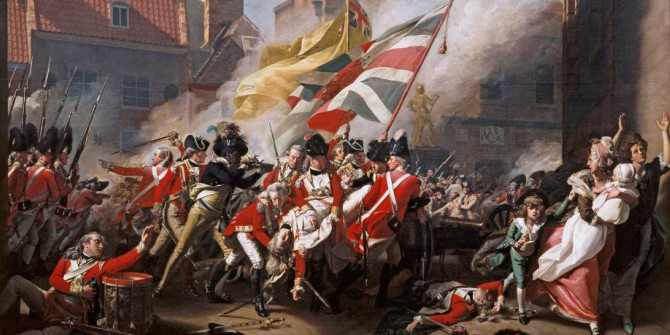Printing new money tends to create inflation unless excess money is removed from circulation by higher taxes. Muneeb Sikander writes that governments in emerging economies usually lack the ability to collect higher taxes, especially from the wealthy, and might choose to print money as opposed to taking more financially prudent mechanisms such as raising taxes or carrying out necessary fiscal reforms.
Since the COVID crisis began, developing countries have been struggling to boost their national output at desired levels as a result of the slowdown in foreign direct investment. Local private sector investment has not been enough to compensate for the gap. The global narrative today is, therefore, increasingly focused on the twin crisis that developing countries are confronted with: a balance of payments and debt crisis that may upend development progress, and a development crisis that could erupt into a debt crisis as the state of their economies deteriorate (Brookings Institute, 2021).
To counter these negative effects, it is widely argued by academics and experts that governments ought to spend more by borrowing. However, many such narratives have failed to account for the risk that could arise from a higher rate of inflation. Given that economics is the study of trade-offs, it is vital to understand how the rate of inflation ought to factor in towards the decisions of governments in any developing countries that wish to finance higher levels of expenditures by taking on more debt. As the American economist Thomas Sowell once remarked: “There are no solutions. There are only trade-offs.”
The mechanics of hidden taxation via inflation
Government expenditures need to be financed and, since taxes are usually insufficient, a significant amount of financing comes from abroad in the form of debt. However, developing countries today face ever increasing borrowing constraints in international capital markets due to the adverse effects of recent depreciation of local currencies on public-sector balance sheets with dollar debts. An alternative for many developing countries is borrowing money in their local currencies as well as loosening up their monetary policies, also known as quantitative easing (QE). However, when governments run massive fiscal deficits, QE becomes highly inflationary when combined with printing money.
This is because when policymakers print money, the funds go out into the broad money supply and further out into commercial bank deposits from the public. The process of money printing by governments functions as follows. Governments temporarily borrow the money required to finance the fiscal deficit from the bond market (in local currency). Later, when the interest and principal repayments are due, the government prints this money and pays it off. This increase in the money supply results in decreasing the value of money held by other people, but it pays off the government debt.
This is an economic policy based on the principles of modern monetary theory (MMT), which states that printing new money is harmless as long as it does not create inflation, something that can be avoided by removing excess money from circulation by means of taxation. This overlooks a simple reality that governments in emerging economies usually lack the ability to collect higher taxes, especially from the wealthy. The concern hence arises that given that it is easy to print money, it may create wrong incentives for governments in developing countries who might pursue this method as opposed to taking more financially prudent mechanisms such as raising taxes or carrying out necessary fiscal reforms.
An increase in the broad money supply is particularly dangerous when combined with constraints on the supply of new goods and services, which can lead to inflationary pressures. Consider the Fisher equation: i = r + τ, where i is the nominal interest rate, r is the real interest rate and τ is the expected rate of inflation. When a central bank ends up printing more money, it pushes down the interest rate artificially. As τ rises, so does the rate of i for any given rate of r. Printing money, therefore, becomes merely another form of taxation. Rather than taking the money of citizens by taxation, policymakers rob their money of its purchasing power.
Conclusion
The dangers of MMT were recently highlighted by Daniel Lacalle, who wrote that monetary history shows policymakers always resort to the same excuses when it comes to printing money and monetary mismanagement. “First, say there is no inflation; second, say it is transitory; third, blame businesses; fourth, blame consumers for overspending; and finally present themselves as the ‘solution’ with price controls, which ultimately devastates the economy.”
How long can a central bank continue inflation? Probably as long as people are convinced that the government, sooner or later, but certainly not too late, will stop printing money. When people no longer believe this, when they realize that the policymakers will go on and on without any intention of stopping, then they begin to understand that prices tomorrow will be higher than they are today. Then they begin buying at any price, causing prices to go up to such heights that the monetary system breaks down—that is the process of hyperinflation.
♣♣♣
Notes:
- This blog post represents the views of its author(s), not the position of LSE Business Review or the London School of Economics.
- Featured image by Zeeshan Tejani on Unsplash
- When you leave a comment, you’re agreeing to our Comment Policy.





